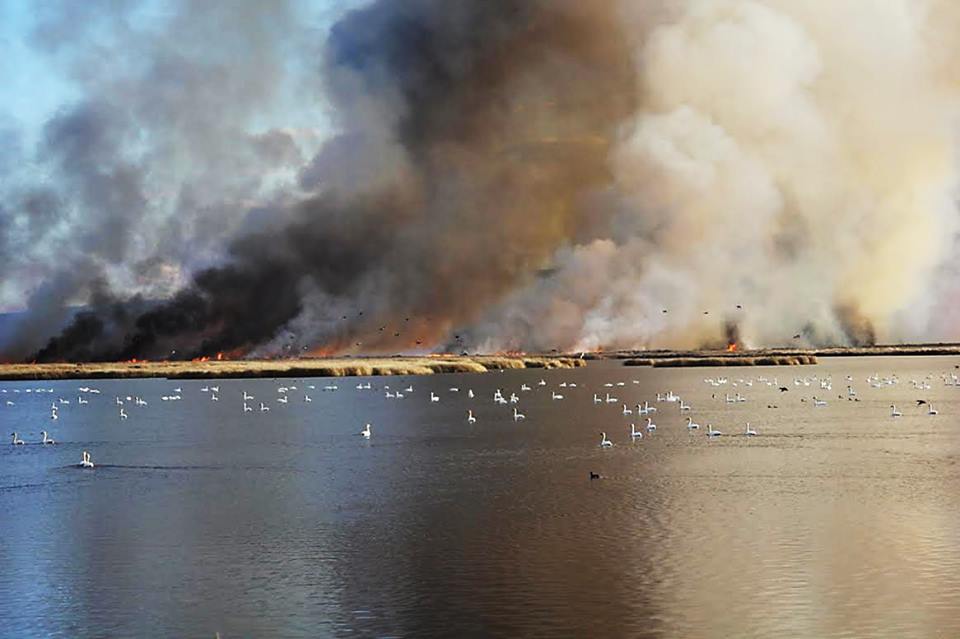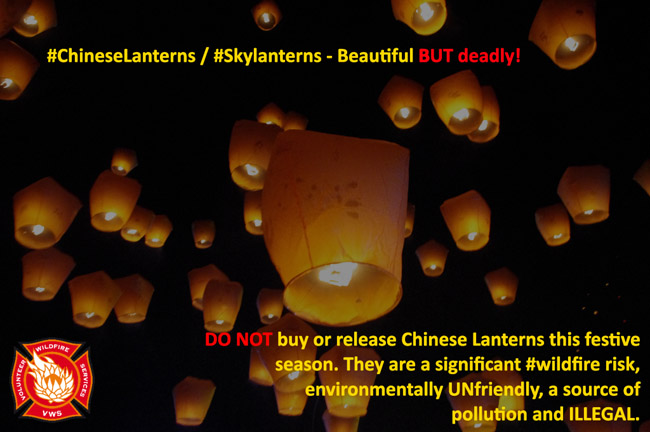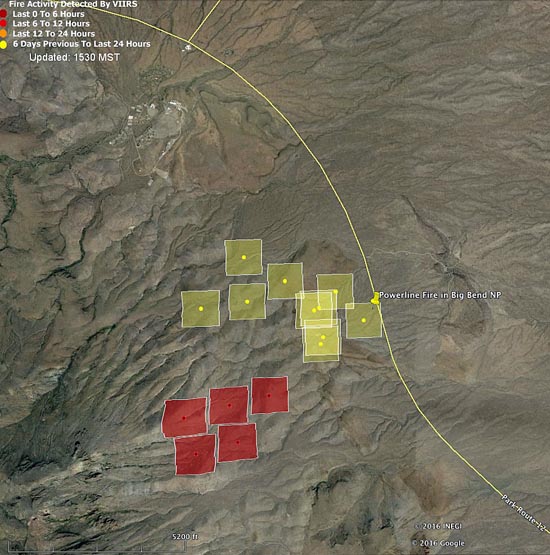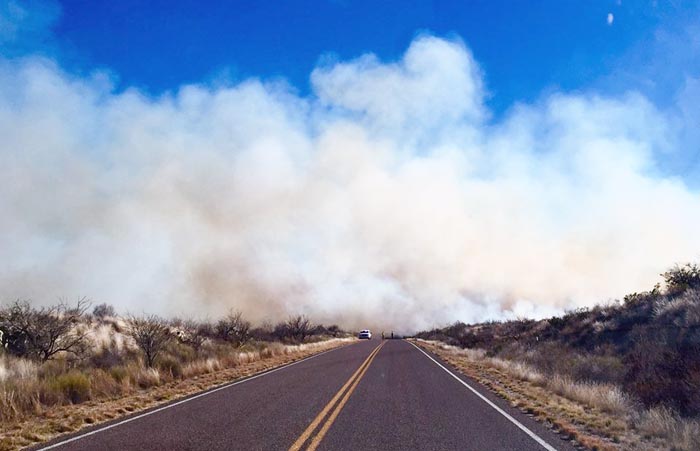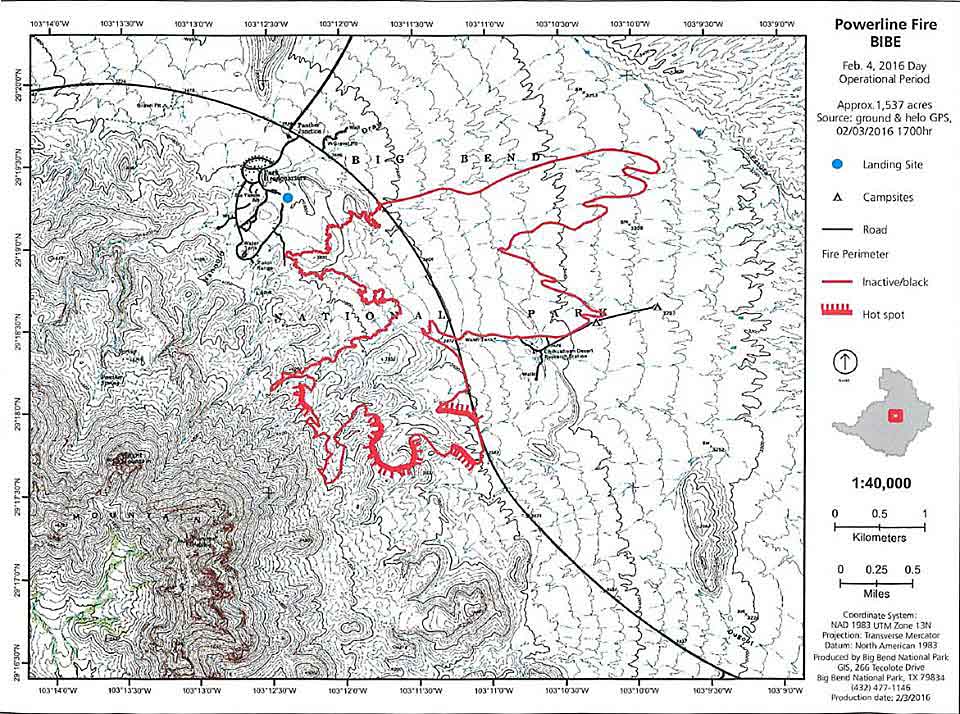An audit conducted by the U.S. Department of Agriculture’s Office of Inspector General concluded that the U.S. Forest Service has assumed a disproportionate share of the fire suppression burden specified in interagency agreements with the California Department of Forestry and Fire Protection (CAL FIRE).
The USFS enters into fire protection agreements with other land management agencies when, after evaluating geography and the location of fire suppression resources, it appears to make economic sense that Agency A protect portions of Agency B’s lands in some areas, and vice versa. But there are inherent differences, on a broad scale, between the National Forests in California and lands CAL FIRE is charged to protect. The private property has more people and structures on or close it, therefore more wildland-urban interface (WUI). When fires approach or burn private property and homes in a WUI, it historically has generated a much more aggressive and expensive response than fires in a typical USFS forested area. While the acres exchanged in these agreements may on the surface appear to be more or less equal, the responsibility to protect them from wildfires can be very different — and more costly.
State lands in California near National Forests generally have more grass, brush, and WUI areas than Forest land in the same general area. The table below, from the IG report, shows the difference in costs for putting out fires in the three different types of fuel.
The Inspector General found that in California, the USFS has assumed responsibility for protecting almost 2.8 million acres of private land, exchanging the protection of land that is inexpensive for land that is more difficult, and therefore more expensive, for example WUI areas near forests. State officials, according to the report, took responsibility for
land that was comparatively inexpensive to protect, such as grassland.
The Inspector General recommends that the USFS reassess its fire protection responsibilities with CAL FIRE.
In addition to the inequalities regarding areas that are protected, the Inspector General uncovered other issues:
OIG also found that local cooperators used indirect cost rates for firefighting activities that may have been excessive and unreasonable. FS did not safeguard its assets by establishing policies and procedures to review indirect cost rates charged by local cooperators. As a result, we questioned over $4.5 million in administrative costs paid to nine cooperators in California. In addition, FS overpaid $6.5 million to Colorado State University for unallowable administrative costs during a 4-year period. Although FS identified this issue and ceased future overpayments, it has not recovered the overpayments.
On a side note, the illustrations on the cover of the USDA Inspector General’s report, emphasizing radishes, chickens, and carrots, shows how land management and the suppression of wildfires seems to be an afterthought within the Department even when issuing a report about firefighting.  This is in spite of the fact that the USFS spends about $1.2 billion annually on fire suppression, which consumed 52 percent of its budget in fiscal year 2015. The five major federal land management agencies in the USDA and Department of the Interior employ over 13,000 wildland firefighters, a group of employees that should be difficult to overlook, but often is.
This is in spite of the fact that the USFS spends about $1.2 billion annually on fire suppression, which consumed 52 percent of its budget in fiscal year 2015. The five major federal land management agencies in the USDA and Department of the Interior employ over 13,000 wildland firefighters, a group of employees that should be difficult to overlook, but often is.
This prompts us once again to think about how things might be different if all of the federal land management agencies, or perhaps only their fire departments, were in a stand-alone agency, emphasizing at number one, fire protection, rather than radishes.
Thanks and a tip of the hat go out to Tom.



